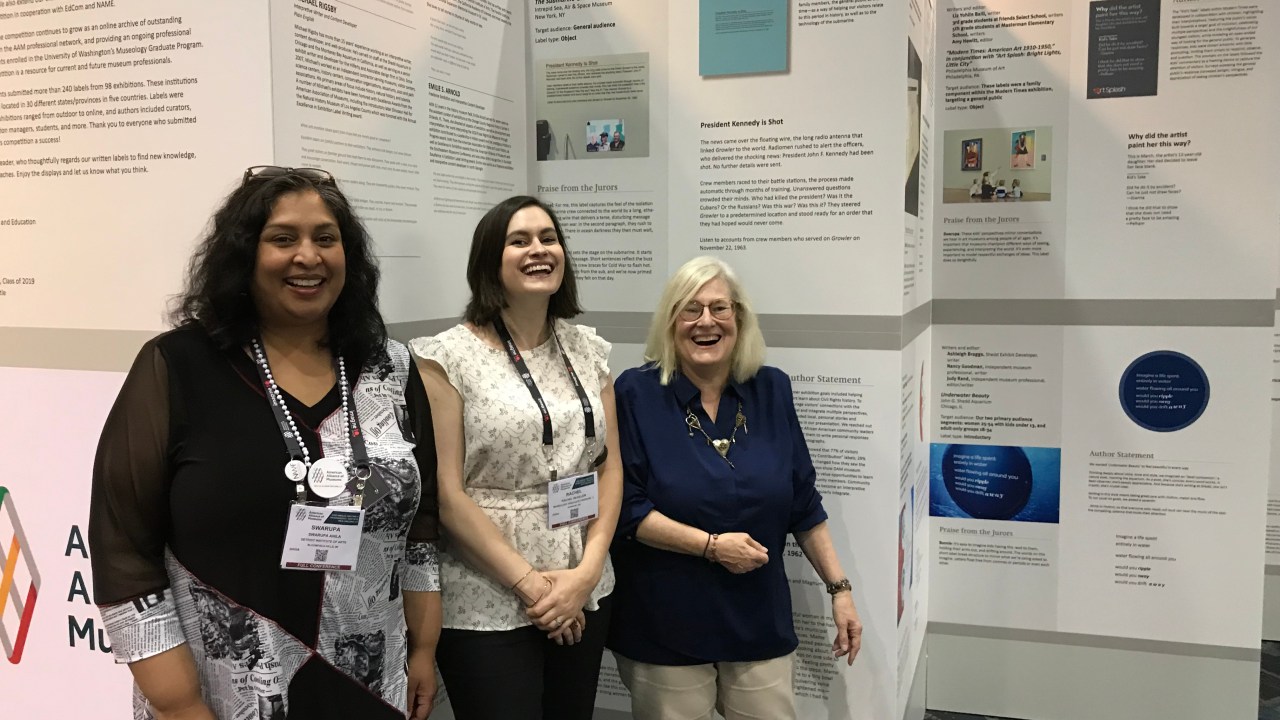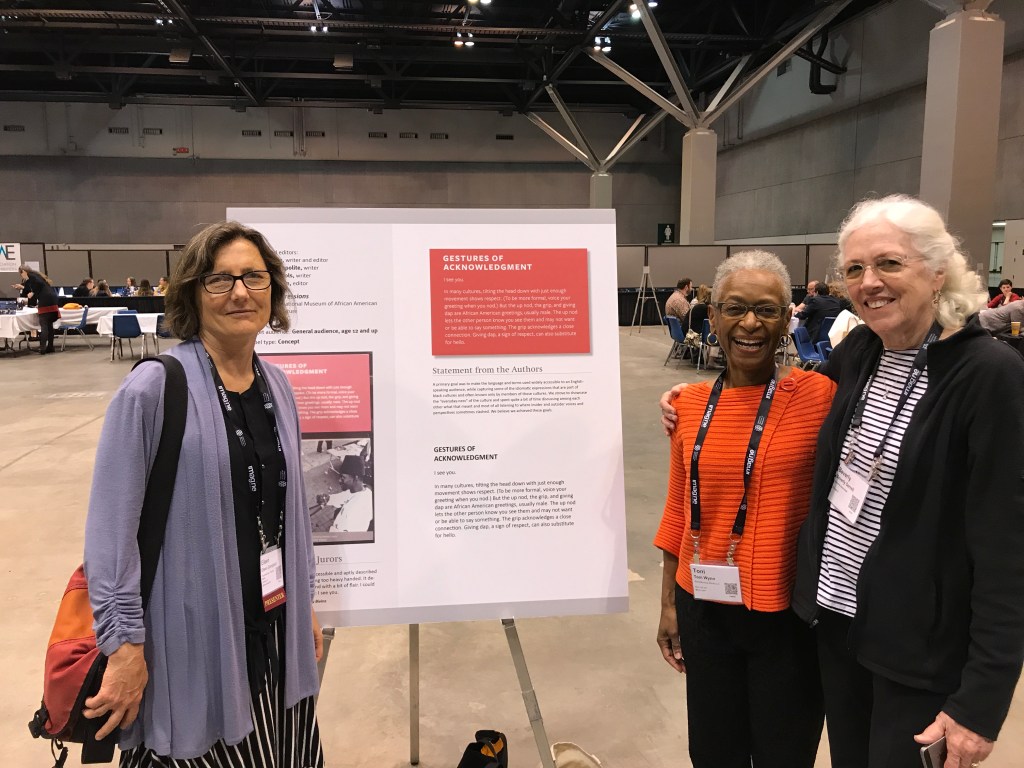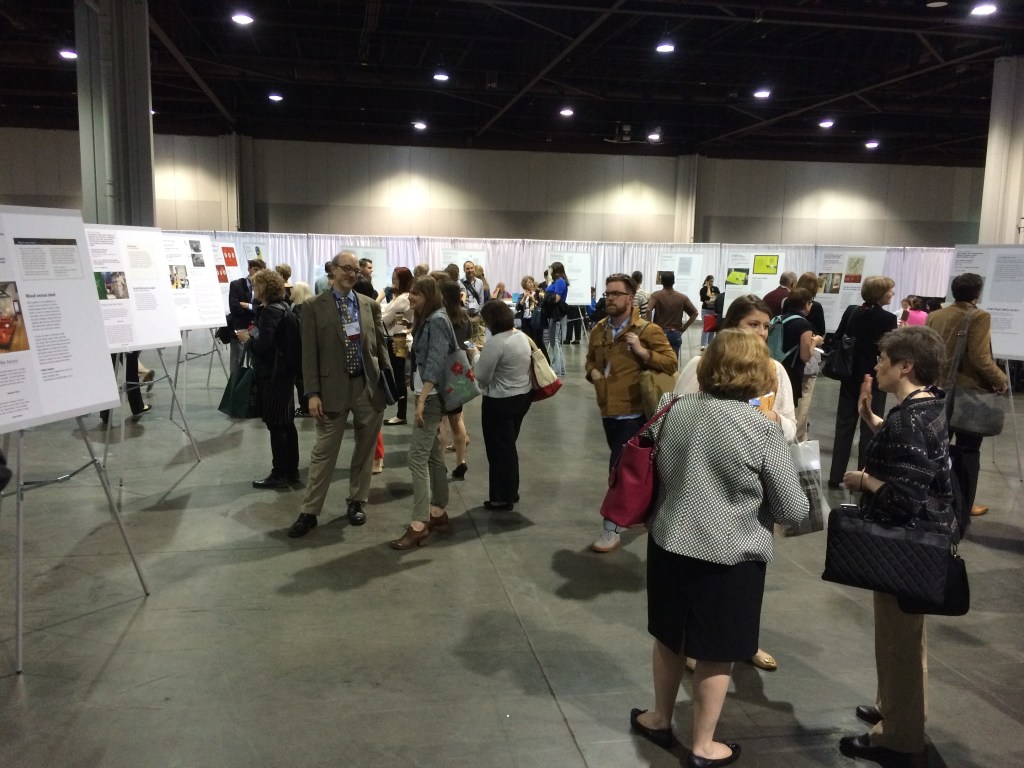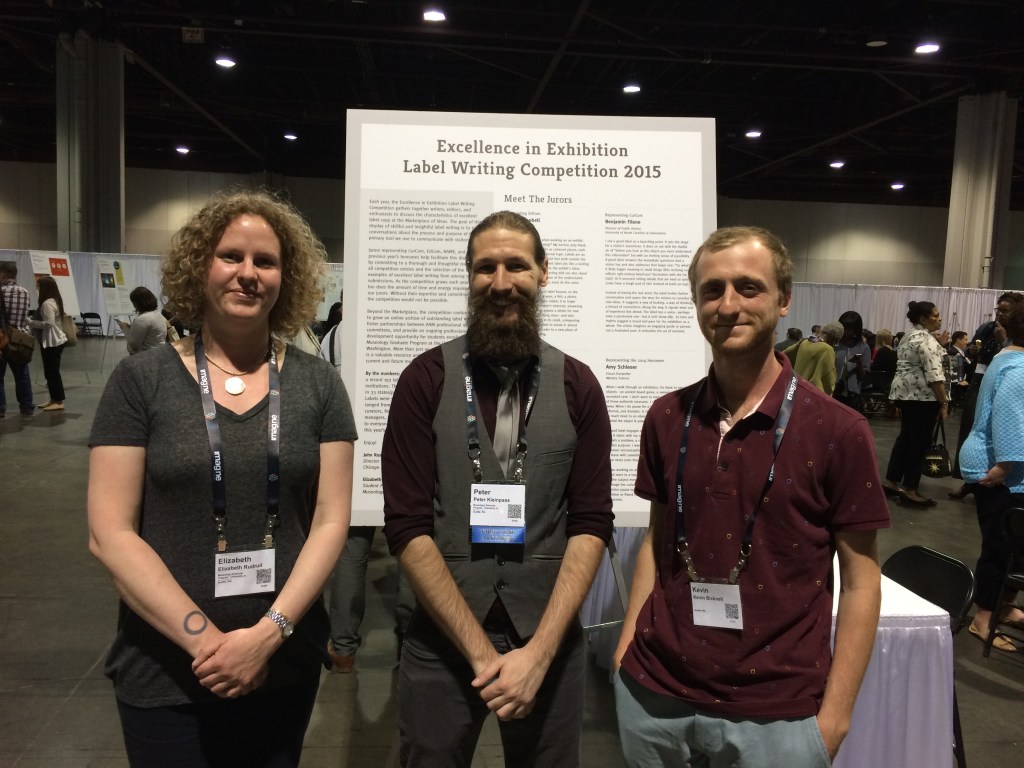
In just a few months, a quarter of the twenty-first century will be behind us. Much has changed in museums over that time. Some of that change has been brought on by technology and new ways to do our work, both outwardly and behind the scenes. Some has been driven by an incredible push to be more accessible and welcoming to more people. Still more has come from new people in leadership, who have introduced novel approaches to the work and fresh ideas about how to fund operations as the philanthropic landscape shifts. One thing that has not changed significantly, though: we still primarily communicate with people in writing.
We publish blocks of text on our websites, in our brochures and promotional materials, through letters to our members, in our online and in-gallery interactive experiences, and on graphic panels throughout our exhibitions. Despite all the new technology and the push to engage audiences in new ways, we still rely heavily on written communication to invite, inform, inspire, and guide our visitors and supporters. However, the quality of our communication—especially interpretive text in exhibitions—is often lackluster. Despite the fact that it’s still the main source of information for our visitors, our exhibition label copy is often overly long, unclear, and uninspiring.
About twenty-five years ago, Brian Peterson, then a curator at the James A. Michener Art Museum near Philadelphia, had the idea to launch an annual competition to see if he couldn’t raise the bar on the quality of museum exhibition label writing. Brian’s notion was simple. He thought by sharing examples of well-written label copy from a variety of museums across the country, he might inspire more museum curators, exhibition developers, and educators to do better and, in the course of time, elevate the quality of museum exhibition label writing overall.
Like so many start-ups, this initial version of the competition wasn’t without flaws, and died in 2004. Promotion of the competition was not widespread, the judges were not always diverse, and the criteria for judging excellence were not always clear. When Emily Nordstrom and I rebooted the competition in 2008, we tried to address all of these concerns. With advice from Brian, sponsorship and promotion from AAM, a new automated submission process with diverse judges, and partnerships with some of AAM’s former professional networks, we created a new system that recognized and celebrated some important lessons in excellent exhibition label writing.

Lessons from the Winners
As the new version of the competition matured, we noticed that a set of standards for winning entries began to organically emerge. Typically, the best labels shared the “3 Cs” of quality label copy. They were clear, concise, and captivating. The label copy that the judges were drawn to typically shared all three of these qualities.
- Clear labels put complex ideas into digestible chunks and effectively (not gratuitously) employed well-chosen adjectives and adverbs to help readers understand and relate to complex or unfamiliar ideas or stories.
- Concise labels were often composed by writing and editing teams that empathized with visitors, who are typically asked to read significant amounts of exhibition label copy while standing and walking through large gallery spaces. Many of the best entries made their points quickly.
- Captivating labels made every sentence count, as if each line had the sole purpose of inspiring the visitor to read the next one. They had the creativity and vitality of classic newspaper writing, or the snappy language of engaging movie dialogue, or the qualities of effective short form writing, such as a well-composed tweet.
Over the years, we heard many of the same kinds of stories from the people responsible for the best labels. They often shared that the final text was the result of a strong and honest collaboration between writer and editor. The winning texts had often been tested and shaped by volunteers and visitors who read the labels and offered feedback, which the creators accepted and adopted. Often, at some point in the process, the primary author had stepped back and let others influence the copy and make it more accessible. Despite seeing the value in this process, many of them shared how difficult it was to release their work and let others make it better. The archive of past recognized excellent label copy is available for people continuing to look for inspiration in style, subject matter, and approach to interpretation and communication.
In 2021, Jojo Galvan Mora managed and organized the final year of the competition before AAM redeveloped its awards and recognition programs and I pass the proverbial pen to him for his reflections.
— John Russick
As the last student project manager, reflecting on the legacy of the AAM label writing competition reminds me of what is possible with widespread collaboration through a national platform.

The 2021 competition operated under the shadow of the COVID-19 pandemic, which had a tremendous impact on the museum sector. The 2020 AAM Annual Meeting scheduled to take place in San Francisco needed to transition to a fully virtual event, as did the 2021 Annual Meeting originally planned for Chicago. In an effort to be more accommodating, we amended the rules to allow for labels to be submitted from both physical and digital exhibitions, a first for the EELWC. The 2021 winners represented not only the best in label writing, but some of the best demonstrations of how museums can broaden our understanding of the world and drive civic engagement, whether from home or in person.

The submissions received represented a wide range of cultural organizations. Labels from some of the world’s leading art, science, and natural history museums were evaluated next to volunteer-run institutions, local historical societies, zoos, and aquaria. The diversity of voices in those submissions is something that sticks with me in my museum practice to this day.
The online archive offers over a decade of excellent labels and expert commentary about them are preserved on the AAM website. For those of us who are looking for inspiration when sitting down to write new labels, provide guidance to the next generation of museum professionals, or simply wondering how label writing trends have shifted over the years, the value of the archive is clear. The EELWC archive is more than just a hall of fame; it’s an incredible tool for discussion, teaching, and reflection. I am honored to have been a part of it.
— Jojo Galvan Mora








Oh, how I wish this wonderful tradition could continue. It is so useful, interesting, and inspiring. Thank you John and Jojo for getting it to 2021. Who will take us beyond?
So many curators here are captivated by the AIDA formula (attention, interest, desire, action) but, as helpful as it is, it’s originally designed for marketing or advertising copy. I like the idea of these three Cs – seems much more relevant to what we’rentrying to achieve with museum labels.